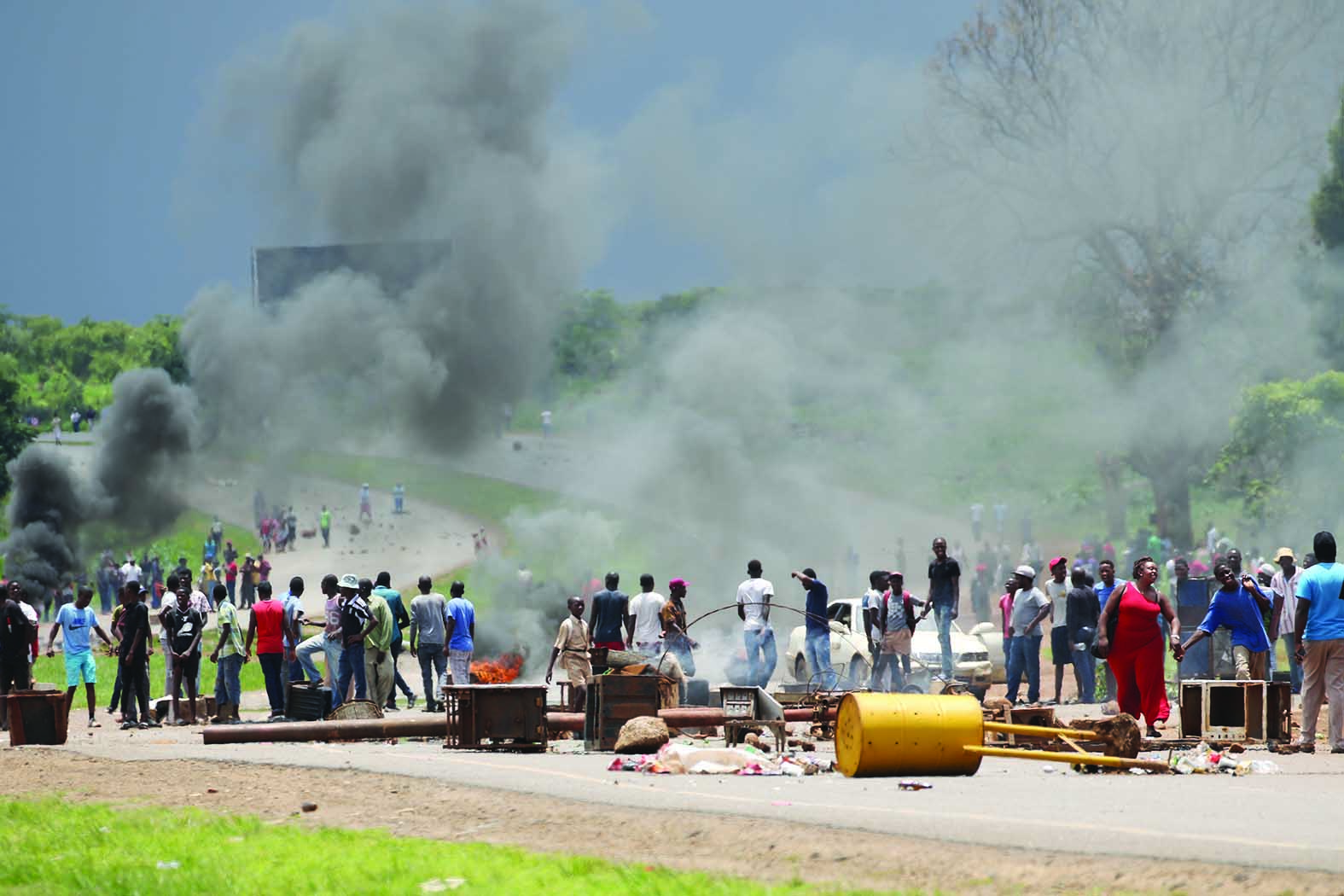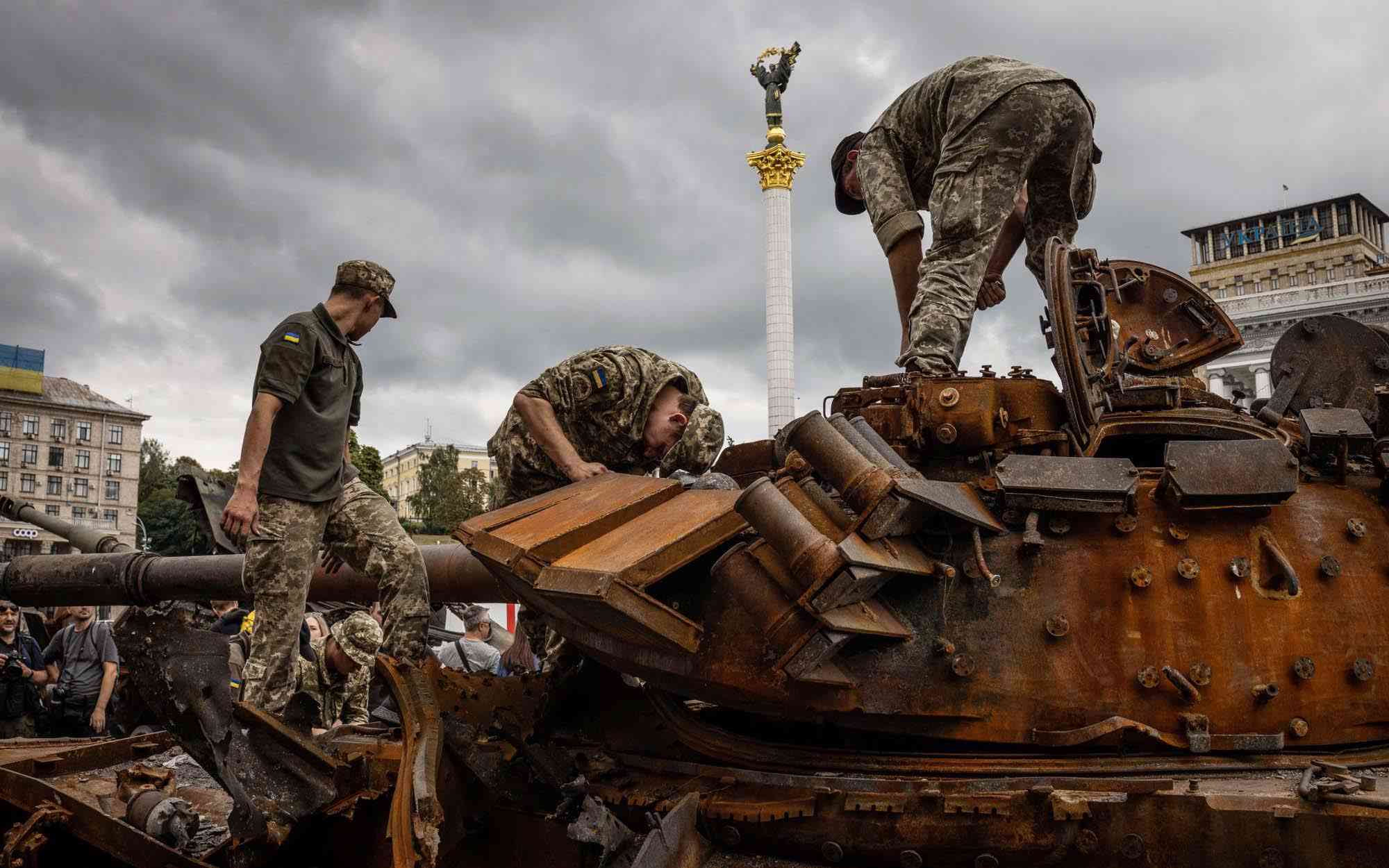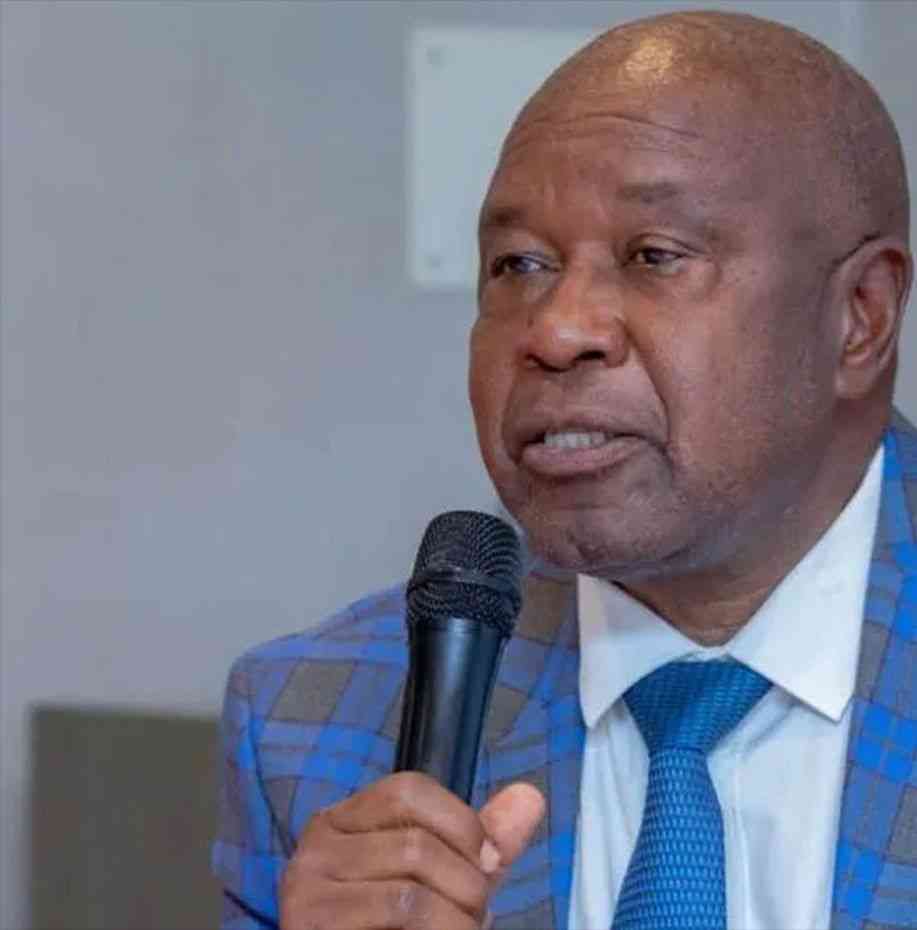
POLITICAL instability and potential violence are a huge threat to Zimbabwe’s stability.
The country’s economy remains weak and vulnerable to potential shocks that might precipitate political instability as well.
At the same time, government suppression of fundamental freedoms continues.
Past crises have produced waves of refugees that have burdened Zimbabwe’s neighbours.
Renewed instability in Zimbabwe would be a special challenge for South Africa, which is dealing with its own pressing economic and social problems.
Alongside related risks on good governance, trade, and investment, a transition could present opportunities to begin to reverse the effects of decades of misrule in Zimbabwe.
Interested stakeholders should position themselves to take advantage of these opportunities by working with others, notably South Africa and other countries in the southern African region, to minimise the risk of civil unrest in Zimbabwe and to lay the groundwork for a better future.
On the other hand is a bitter coterie of the G40 cabal, forced into exile after the late former President Robert Mugabe was toppled during a November 2017 coup, that catapulted his long-time ally Emmerson Mnangagwa to power.
- Chamisa under fire over US$120K donation
- Mavhunga puts DeMbare into Chibuku quarterfinals
- Pension funds bet on Cabora Bassa oilfields
- Councils defy govt fire tender directive
Keep Reading
Now Zanu PF is facing terrible twins — the opposition Citizens Coalition for Change on one side, and the bitter remnants of the G40 cabal on the other, all angling to dislodge the ruling party from power.
Zanu PF will use the security apparatus to control the resentments and grievances of those who lost their offices and to provide the accompanying material benefits, but that dissent could boil over.
The factions besetting Zanu PF and internal disgruntlements by the youth, women’s league and war veterans symbolise the open wound that exists in the fractious ruling party.
As the drama plays out, President Emmerson Mnangagwa will continue to play the dominant role.
Even those who pledge allegiance to him, Mnangagwa will always closely watch them.
In the past, he took every opportunity to display his loyalty to Mugabe, sometimes even kneeling before him, but at times he fell out of favour with Mugabe.
An economic crisis triggers demands for political change. Zimbabwe may be increasingly isolated from the West, but it is not insulated from the world economy.
China, Zimbabwe’s current principal benefactor, is focused on slowing internal demand and seems less willing to invest in the southern African country than in the past.
Government’s misguided economic policies, including land confiscation and forced “indigenisation” of businesses in the past continues to have the predictable results of depressing productivity.
Zimbabwe’s gross domestic product growth rate is falling and will further decline.
GWIZHIKITI
Public unrest could increase as economic situation deteriorates
GREATER public unrest could be a potential warning indicator that all is not well in Zimbabwe, particularly as senior leaders of the police and armed forces—known as “securocrats” — have failed to tighten their grip on State security and keep control of Zimbabwe’s economy, over which they exercise significant control.
The security establishment, led by the securocrats, controls not only the muscles of the State, but also a significant portion of the nation’s economy.
An unstable Zimbabwe could have serious domestic and regional ramifications, as was the case in 2008.
Past instances of economic and political instability have had a significant impact on the country, which has the highest inflation and lowest life-expectancy rates in the world.
In 2008, a 500ml bottle of water cost Z$1,9 trillion. That same year, more than 1 000 people flooded the border into South Africa every day due to the violent post-election crackdown, in which at least 200 people died, more than 5 000 were abused or tortured, and 36 000 were displaced, according to Human Rights Watch.
What would instability in Zimbabwe mean for the region? It could create a significant humanitarian problem, which would require increased economic assistance from the region.
CHIGUTIRO
Food security situation worsens in Zim
ACCORDING to HungerMap LIVE, the number of people with insufficient food consumption was estimated to be 5,3 million at the end of July, which is 0,5 million more than the estimated figure of 4,8 million at the start of harvest season in May 2022.
Meanwhile the number of people estimated to be resorting to crisis and above food-based coping strategies remained around eight million, representing an estimated increase of half a million people over the past three months.
The prevalence of insufficient consumption and crisis or worse consumption-based coping remains higher than typical during the post-harvest period.
At the end of July, the highest estimated prevalence of insufficient consumption was in Manicaland province (43%), Mashonaland Central (39%), Mashonaland East (39%) and Matabeleland North (38%).
Half of the provinces have seen an increase in the number of people resorting to crisis and above coping strategies over the past three months.
According to the latest Integrated Food Security Phase Classification (IPC) compatible analysis conducted by the Famine Early Warning Systems Network, deficit-producing areas and those worst hit by erratic rainfall are starting to experience food security outcomes, marking the start of an early lean season.
Households have started relying more on the markets earlier than typical as food stocks from own production deplete.
However, due to ongoing macroeconomic challenges and increasing cost of basic commodities, they are facing challenges to meet their basic food and other essential needs without external support.
In surplus-producing areas, relatively better 2021/22 harvests and carryover stocks from previous seasons will continue to drive Minimal and Stressed outcomes through January 2023.
Urban areas are expected to continue to be Stressed throughout the outlook period due to price volatility.
As most households earn income in Zimdollars and have limited access to United States dollars, exclusive US dollar pricing and high Zimdollar price volatility is reducing their purchasing power and restricting access to food, particularly for the most vulnerable population.
Due to these liquidity challenges, households in rural areas are slowly resorting to bartering using grain and livestock to access certain goods or services.
In addition, most vulnerable households have begun intensifying existing livelihood coping strategies such as petty trading of smaller re-packaged food and household items, the intensification of vegetable production for those with access to water, and artisanal mining activities.
However, most livelihood strategies remain constrained by low demand, limited capital, and high transportation costs.
World Food Programme







